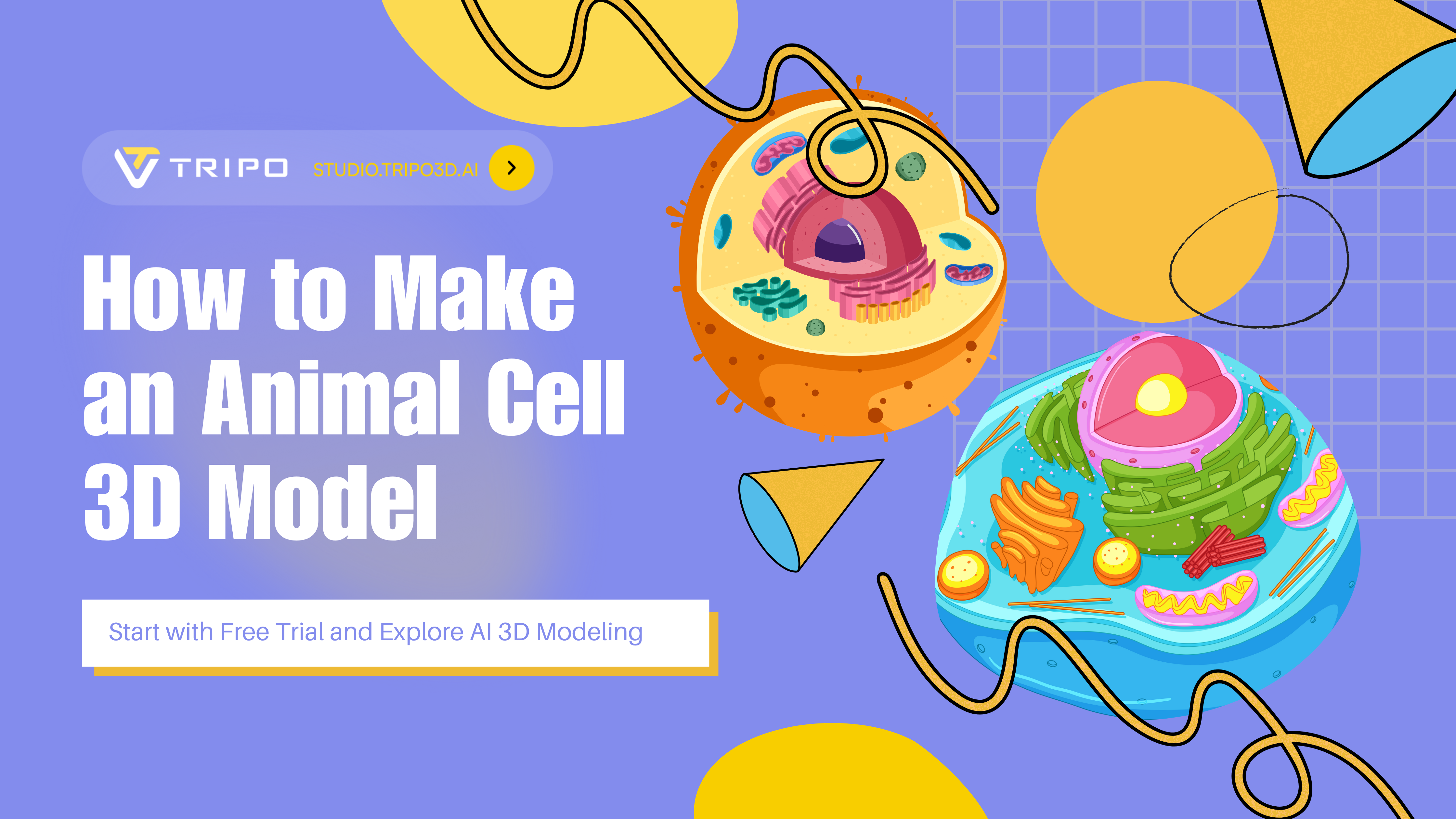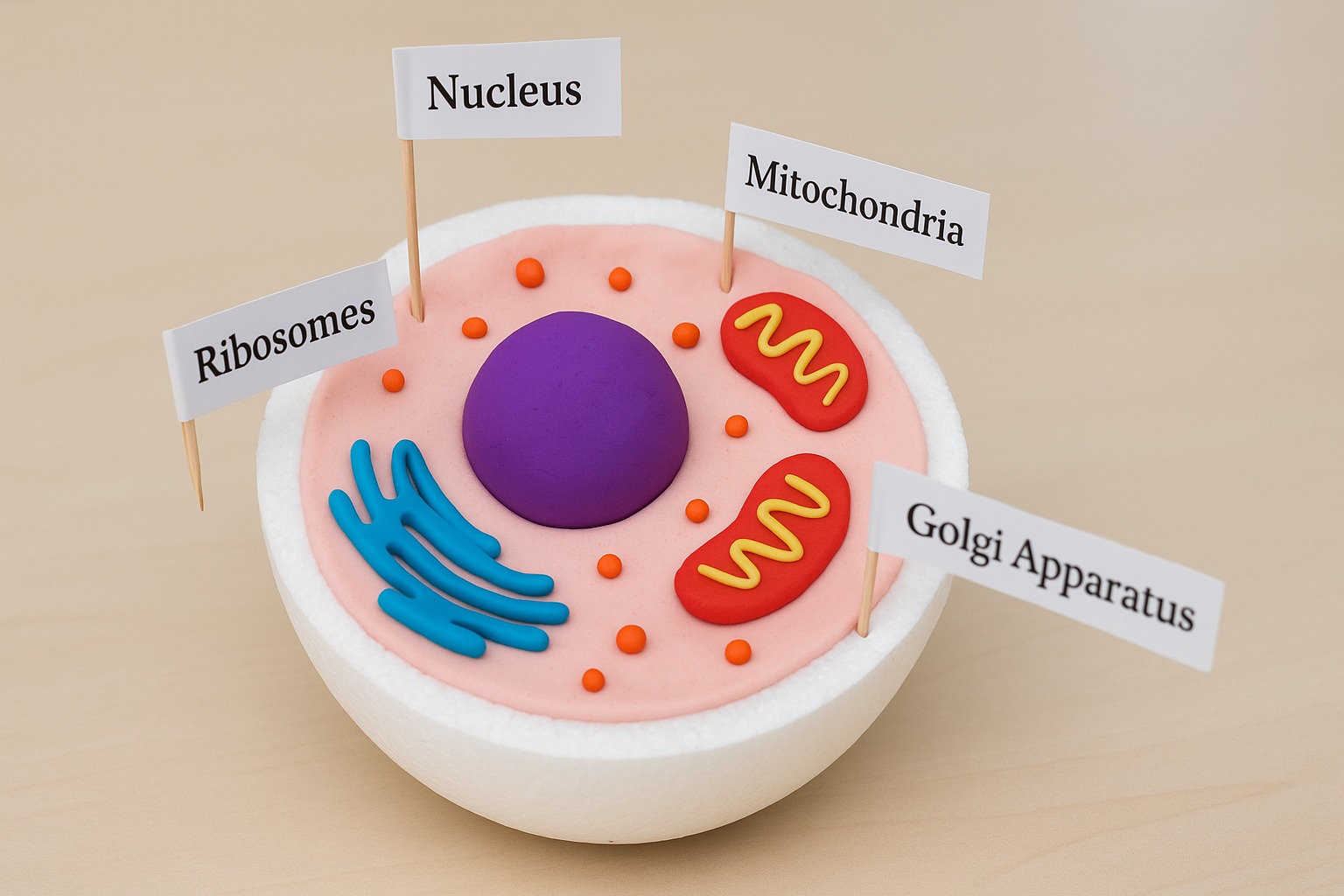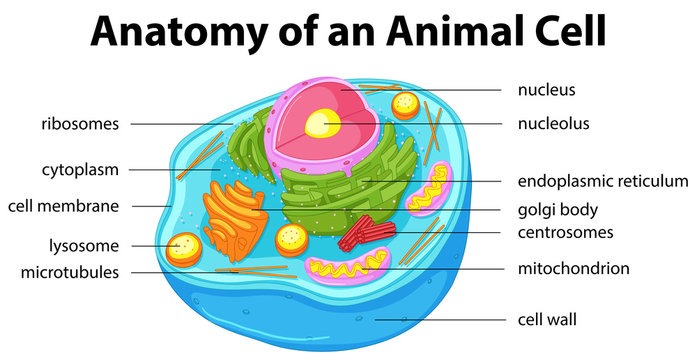How to Make an Animal Cell 3D Model for a School Project

Creating a 3D model of an animal cell is a fun and hands-on way to learn biology. Whether you're a middle schooler or a high school student, this step-by-step guide will walk you through how to make an animal cell 3D model for your school project using simple materials you can find at home.

🧪 What You'll Learn in This Guide
- What parts are in an animal cell
- Materials you can use for your 3D model
- Step-by-step instructions
- Tips to make your project stand out
- Easy alternatives if you're short on time
🧬 Basic Structure of an Animal Cell
Before you start building, here are the key parts of an animal cell that you'll need to include:

🎨 Materials You'll Need
You can get creative, but here are common materials for making an animal cell model:
- Styrofoam ball (cut in half) or a shallow bowl
- Playdough or clay (multiple colors)
- Toothpicks and labels
- Glue gun or regular glue
- Beads, buttons, beans (for organelles)
- Paint or markers
🛠 Step-by-Step: How to Make an Animal Cell 3D Model
Step 1: Create the Cell Base
Use a styrofoam half-sphere or a bowl to represent the cell membrane. You can paint the outside or leave it plain.
Step 2: Add the Cytoplasm
Fill the interior with clay or jelly-like material to represent the cytoplasm.
Step 3: Build the Organelles
Create the other parts using different shapes and colors:
- Nucleus: Large ball of clay in the center
- Mitochondria: Kidney-shaped pieces with squiggly lines
- Ribosomes: Small beads or dots
- ER: Long tubes near the nucleus (smooth and rough versions)
- Golgi Body: Flattened layers or stacked ovals
- Lysosomes & Vacuole: Smaller circular objects
- Centrioles: Tiny rod-like pieces
Step 4: Label Everything
Use toothpicks and paper flags to label each organelle clearly. Neat labeling can earn you extra points!
Step 5: Final Touches
Double-check that all parts are securely glued and well-labeled. Optional: write a short paragraph to explain each part.
🧠 Project Tips
- Use contrasting colors to make each organelle stand out.
- Add a small key/legend on a card next to your model.
- If you're using edible materials (e.g. cake or gelatin), keep it refrigerated until the presentation.
⚡ Easy Alternative: Printable or Online 3D Models
If you're short on time, you can:
- Print a paper cutout of an animal cell and mount it in a diorama box.
- Use free 3D modeling tools like Tinkercad or Sketchfab to present a digital version.
How to make an animal cell model using Tripo Studio
For a high-tech approach, you can create a stunning digital 3D animal cell using an AI tool like Tripo AI. This method is perfect for creating a scientifically accurate model in just a few minutes that you can animate or view from any angle.
Here's a simple step-by-step guide:
- Create an Account: First, head over to the Tripo Studio and sign up for a free account.
- Petrol

-
Provide Your Input:
- If you choose Image-to-3D: Upload a clear diagram or drawing of an animal cell.
- If you choose Text-to-3D: Type a detailed description into the prompt box. For example: "A simple 3D model of an animal cell, cartoon style, showing a cross-section. Include a large purple nucleus and red mitochondria."
-
Review the Image Preview: After you provide the input, Tripo AI will generate a 2D image preview of what your 3D model will look like. This is your chance to see if the AI understood your concept correctly before you commit to the final generation.

- Generate Your Model: If you're happy with the preview, click "Generate." In about 10-15 seconds, Tripo AI will create your complete 3D model, which you can then view, edit further in Tripo Studio, or download.

FAQ: Common Questions About Animal Cell Models
Q1: What is the best material for an animal cell model?
- A: Styrofoam and modeling clay are the most popular because they're easy to shape and work with.
Q2: Can I make an edible animal cell model?
- A: Yes! Use gelatin as the base and candy or fruit for the organelles. Just be sure to label them clearly.
Q3: Do I need to include all organelles?
- A: It depends on your teacher's instructions, but including all major ones shows thorough understanding.
Q4: What's the difference between plant and animal cells?
- A: Animal cells don't have cell walls or chloroplasts, while plant cells do.
Q5: How can I make my model look professional?
- A: Focus on neat construction, clear labels, and a balanced layout. Bonus: write a short description for each part!
📝 Conclusion
Now you know how to make an animal cell 3D model for a school project—and it's easier than you think! With some simple supplies and a bit of creativity, you'll have a colorful and educational project that brings science to life. Whether it's for extra credit or a major assignment, this model will definitely impress your teacher.
Advancing 3D generation to new heights
moving at the speed of creativity, achieving the depths of imagination.

